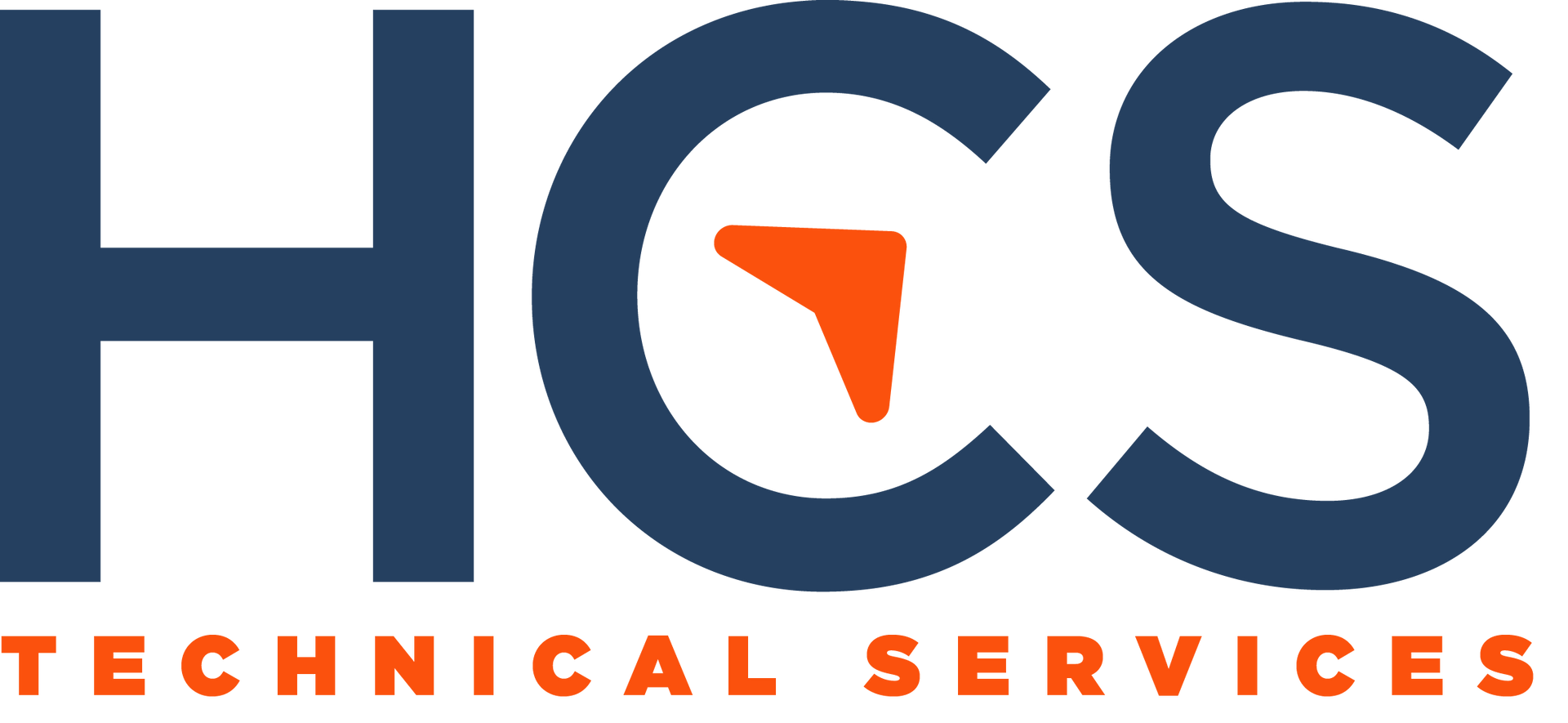The Importance of Log Monitoring for Small Businesses
The Importance of Log Monitoring for Small Businesses

Why Is Log Monitoring Critical for My Small Business's IT Security and Performance?
Many small businesses overlook the importance of log monitoring, which is crucial for maintaining security and ensuring the smooth operation of IT systems. Insufficient log monitoring means potential issues may go unnoticed until they cause significant disruptions. So, why is effective log monitoring critical for your small business's IT security and performance?
The Solution: Implement a Robust Log Monitoring System
The key to effective log monitoring is to implement a robust system that allows for real-time analysis and alerts for unusual activities. By continuously monitoring your logs, you can detect and address potential issues before they escalate into serious problems, ensuring the security and stability of your IT environment.
Actionable Tip: Utilize Advanced Log Management Tools
To streamline your log monitoring efforts, utilize advanced log management tools that aggregate logs from all your systems and use automated analysis to highlight anomalies. These tools can help you quickly identify patterns and trends that may indicate a security breach or system failure. Set up alerts for specific events that require immediate attention, allowing you to respond promptly and effectively.
The Key Benefits of Effective Log Monitoring
- Proactive Problem Resolution: By detecting issues early, you can address them before they escalate into serious problems that disrupt your business operations. This proactive approach minimizes downtime and ensures that your systems remain running smoothly.
- Enhanced Security: Immediate alerts on suspicious activities help prevent potential breaches by enabling timely responses. By staying on top of your logs, you can identify and block unauthorized access attempts, malware infections, and other security threats before they cause damage.
- Regulatory Compliance: Many industries have specific regulations that require comprehensive log monitoring to ensure data integrity and security. By implementing effective log monitoring, you can demonstrate compliance with these regulations and avoid costly penalties.
- Operational Efficiency: Streamlined log analysis helps in quicker troubleshooting and maintenance, boosting overall system performance. When issues arise, you can quickly drill down into the relevant logs to identify the root cause and implement a solution, minimizing the impact on your business.
Log Monitoring: More Than Just Error Catching
Effective log monitoring isn't just about catching errors; it's about gaining insights into your IT environment that enable proactive management and security. By analyzing your logs, you can identify trends, optimize resource allocation, and make data-driven decisions to improve your overall IT strategy.
Get Expert Help to Implement Your Log Monitoring Solution
Implementing an effective log monitoring system can be complex, especially for small businesses with limited IT resources. To ensure that your log monitoring efforts are successful, consider partnering with HCS Technical Services. Their team of experts can help you select the right tools, configure your monitoring settings, and provide ongoing support to keep your logs secure and actionable.
Log monitoring is a critical component of any small business's IT strategy. By implementing a robust monitoring system, utilizing advanced tools, and partnering with experts, you can enhance your security posture, ensure regulatory compliance, and optimize your IT performance. Don't let insufficient log monitoring put your business at risk—start enhancing your oversight today.
HCS Technical Services











